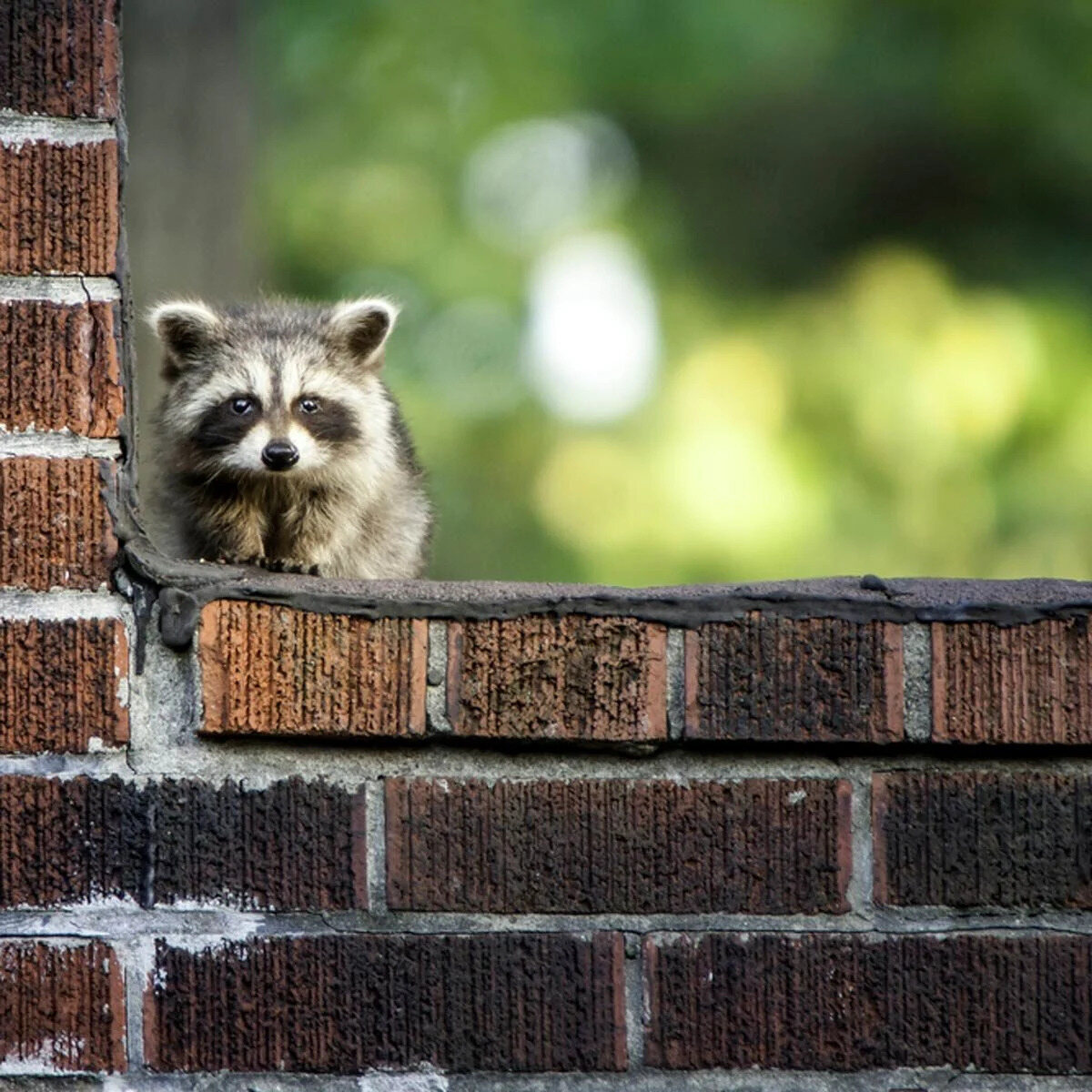

Articles
How To Get Raccoons Out Of Your Chimney
Modified: August 22, 2024
Learn effective methods and techniques in our informative articles on how to safely and efficiently remove raccoons from your chimney. Protect your home from unwanted visitors today!
(Many of the links in this article redirect to a specific reviewed product. Your purchase of these products through affiliate links helps to generate commission for Storables.com, at no extra cost. Learn more)
Introduction
Having a raccoon problem in your chimney can be a frustrating and potentially dangerous situation. These agile and intelligent creatures can find their way into your chimney, often seeking shelter or a nesting site. However, when raccoons take up residence in your chimney, it can lead to a range of problems, including damage to the chimney structure, potential fire hazards, and health risks.
In this article, we will explore the various signs of raccoon infestation in your chimney, understand the potential dangers and damage they can cause, assess the situation, and discuss effective techniques for removing raccoons from the chimney. We will also delve into preventative measures to keep raccoons out of your chimney in the future.
It is important to note that attempting to remove raccoons from your chimney can be complex and potentially dangerous. It is always advisable to consult with a professional wildlife removal service to ensure the safety of both yourself and the raccoons. Let’s dive in and learn how to get raccoons out of your chimney and prevent future infestations.
Key Takeaways:
- Raccoons in the chimney pose serious risks, including fire hazards, structural damage, and health risks. Professional wildlife removal services are crucial for safe and effective removal, protecting your home and family.
- Prevention is key in keeping raccoons out of your chimney. Installing chimney caps, sealing openings, and maintaining a clean property are essential measures to minimize the chances of raccoon infestations.
Read more: How To Get An Animal Out Of Your Chimney
Understanding the problem
Raccoons are notorious for their ability to adapt to various environments, and chimneys provide them with a secure and protected space to build their nests. Understanding the behavior of these pests is crucial in effectively dealing with the problem.
Raccoons are nocturnal creatures, meaning they are most active during the night. They are excellent climbers and have the strength and agility to navigate up and down chimneys effortlessly. Their dexterous front paws enable them to grip onto the chimney walls and chimney flue, allowing them to enter and exit with ease.
Chimneys provide raccoons with the ideal habitat because they mimic the hollow trees they typically inhabit in the wild. The warmth and shelter provided by chimneys attract raccoons, especially during colder months or when they are seeking a safe place to give birth and raise their young.
Raccoons are omnivorous, feeding on a wide variety of foods, including fruits, nuts, insects, small mammals, and even garbage. Their scavenging nature means they are more likely to be found in residential areas where food sources are plentiful, making chimneys an appealing option.
It is essential to understand the problem of raccoon infestation in your chimney to take appropriate action. Identifying the signs of their presence is the first step in tackling the issue.
Signs of raccoon infestation in the chimney
Detecting a raccoon infestation in your chimney requires careful observation. Here are some signs that indicate raccoons may have taken up residence in your chimney:
- Noises and sounds: Raccoons are active animals, and you may hear scratching, scurrying, or thumping sounds coming from your chimney, especially at night. These noises can be a clear indication that raccoons are present.
- Droppings: Raccoon droppings, also known as scat, can often be found in and around the chimney area. Their droppings are typically cylindrical in shape and resemble small dog feces. If you notice droppings near the fireplace or on the roof, it is a sign of raccoon activity.
- Damage to chimney components: Raccoons can cause significant damage to the chimney structure and its components. Look for signs of claw marks, broken bricks, or damaged flue caps. Raccoons may also build nests using twigs, leaves, and other debris, which can further obstruct the chimney.
- Unusual odors: Raccoons have a distinct musky odor that can permeate your home when they are present in the chimney. If you notice any unusual smells, especially near the fireplace or chimney, it is likely due to raccoon activity.
- Visual sightings: If you spot a raccoon entering or exiting the chimney, either from the rooftop or when looking up from the fireplace, it is a clear sign of infestation.
It’s important to note that if you suspect a raccoon infestation, it’s crucial to refrain from approaching or attempting to remove the raccoons on your own. Raccoons can be aggressive if they feel threatened and may carry diseases such as rabies. It is best to consult with a professional wildlife removal service to handle the situation safely and effectively.
Potential dangers and damage caused by raccoons in the chimney
Raccoon infestations in chimneys can pose several risks and cause significant damage. Understanding these potential dangers will help you grasp the importance of addressing the issue promptly:
- Fire hazards: Raccoons are known to build nests using flammable materials, such as twigs, leaves, and other debris. If these nests accumulate in the chimney, they can become a fire hazard. The heat from the fireplace can easily ignite the flammable materials, leading to a chimney fire that can quickly spread to the rest of the house.
- Structural damage: Raccoons have strong claws and can cause extensive damage to the chimney structure. They may claw at the mortar and bricks, leading to cracks or even collapse in severe cases. Additionally, their nests can obstruct the flow of smoke and gases, resulting in poor ventilation and potentially harmful carbon monoxide buildup.
- Health risks: Raccoons may carry various diseases and parasites, including rabies, roundworm, and fleas. If they leave droppings or urine in the chimney, it can contaminate the air with harmful pathogens. Breathing in the particles from raccoon feces can cause serious health issues, especially for individuals with weakened immune systems.
- Damage to insulation: Raccoons may also cause damage to the insulation lining the chimney. They may tear or displace the insulation material to create a nesting site, reducing the chimney’s efficiency and causing heat loss or condensation issues.
- Pest attraction: If raccoons are present in your chimney, they may attract other pests, such as insects and rodents, further complicating the issue. The presence of additional pests can increase the risk of structural damage and health hazards.
Given the potential dangers and damage caused by raccoons in the chimney, it is crucial to take immediate action to remove them and address any necessary repairs. Hiring a professional wildlife removal service is the safest and most effective way to deal with raccoon infestations and mitigate the associated risks.
To get raccoons out of your chimney, install a chimney cap to prevent them from entering. You can also use bright lights or loud noises to encourage them to leave. If the problem persists, contact a professional wildlife removal service.
Assessing the situation
Before taking any action to remove raccoons from your chimney, it is essential to assess the situation carefully. This assessment will help you determine the extent of the infestation and the most appropriate course of action:
- Visual inspection: Start by visually inspecting the exterior of your chimney from the ground. Look for any signs of raccoon activity, such as feces, claw marks, or nesting materials. Take note of any visible entry points or damage to the chimney structure.
- Listen for noises: Pay attention to any sounds coming from the chimney. Raccoons are nocturnal, so you may hear scratching, thumping, or chittering noises, especially at night. These sounds are a good indication of raccoon activity in the chimney.
- Check for odors: If there is a strong musky odor coming from the fireplace or chimney, it is likely due to raccoon presence. Raccoons have a distinctive smell, which can be an additional sign of infestation.
- Consult a professional: If you are unsure about the extent of the infestation or are concerned about handling the situation yourself, it is advisable to seek the assistance of a professional wildlife removal service. They have the expertise and knowledge to assess the situation accurately and provide appropriate solutions.
During the assessment, it is important to prioritize your safety. Do not attempt to approach or handle raccoons on your own, as they can be aggressive when feeling threatened. Leave the removal process to the experts who are experienced in handling wildlife safely and humanely.
Once the situation has been assessed, you can move forward with the necessary steps to remove the raccoons from your chimney and prevent future infestations. Remember, proactive action is key to ensuring the well-being of your home and the prevention of potential hazards caused by raccoon presence.
Read more: How To Get A Squirrel Out Of Your Chimney
Options for removing raccoons from the chimney
When it comes to removing raccoons from your chimney, it is crucial to prioritize safety and consider the most humane methods. Here are some effective options to consider:
- Professional wildlife removal services: Hiring a professional wildlife removal service is the safest and most effective way to remove raccoons from your chimney. These experts have the knowledge and experience to handle raccoon infestations properly. They will assess the situation, use humane trapping methods, and safely relocate the raccoons to a suitable environment. Professional services also ensure that the chimney is properly sealed to prevent re-entry.
- Exclusion devices: Another option to consider is the use of exclusion devices that allow raccoons to exit the chimney but prevent re-entry. These devices, such as one-way doors or chimney caps with specific raccoon deterrents, can be installed by professionals to safely remove raccoons and prevent future infestations.
- Lights and noise: Raccoons dislike bright lights and loud noises. Placing bright lights or playing loud music near the chimney can discourage raccoons from staying in the area. However, this method is not foolproof and may not work for all situations.
- Wait for the raccoons to leave: In some cases, raccoons may leave the chimney on their own, especially during warmer months when they are less likely to use it as a nesting site. However, this method requires patience and monitoring to ensure the raccoons have indeed left.
- Preventive measures: Once the raccoons have been removed from the chimney, it is crucial to implement preventive measures to avoid future infestations. This includes installing chimney caps, sealing any gaps or cracks in the chimney structure, and regularly inspecting and maintaining the chimney to deter raccoons from re-entry.
It is important to note that attempting to remove raccoons without the necessary knowledge and experience can be dangerous and ineffective. Raccoons can be unpredictable and potentially carry diseases like rabies. Therefore, it is always recommended to seek professional assistance to ensure the safe removal of raccoons from your chimney.
By taking swift action and employing the appropriate methods, you can effectively remove raccoons from your chimney and safeguard your home from potential damage and risks. Remember, prevention is key in maintaining a raccoon-free chimney in the long run.
Prevention techniques to keep raccoons out of the chimney
Preventing raccoons from entering your chimney is crucial to avoid the damage, nuisance, and potential hazards they can cause. Here are some effective techniques to keep raccoons out of your chimney:
- Install chimney caps: One of the most reliable ways to prevent raccoons from entering your chimney is by installing a chimney cap. A properly fitted chimney cap with a mesh screen will allow smoke and gases to escape while keeping raccoons and other wildlife out. Ensure that the mesh screen is the appropriate size to prevent raccoons from squeezing through.
- Seal any openings: Inspect your chimney for any gaps, cracks, or openings that may serve as an entry point for raccoons. Use suitable materials such as steel mesh, wire, or mortar to seal these openings and prevent raccoons from accessing your chimney.
- Trim nearby trees: Raccoons are excellent climbers and can use overhanging branches to access your chimney. Trim back any tree branches that are within a reasonable distance from the chimney to reduce the chances of raccoons gaining access.
- Secure garbage bins: Raccoons are attracted to food sources, including garbage bins. Make sure your bins are tightly sealed and secured with lids that cannot be easily opened by raccoons. This reduces the possibility of raccoons being enticed to your property in search of food.
- Remove potential food sources: Avoid leaving pet food or bird feeders outside overnight, as these can attract raccoons and encourage them to explore your property. Removing these potential food sources helps make your property less appealing to raccoons.
- Keep the area clean and tidy: Regularly clean up any fallen fruits, nuts, or debris from your yard, as these can also attract raccoons. By keeping the area clean and free of potential food sources, you reduce the likelihood of raccoons being drawn to your property.
Implementing these prevention techniques can significantly reduce the chances of raccoons entering your chimney. However, it’s important to remain vigilant and perform routine inspections of your chimney and property to identify and address any potential entry points or attractants.
Remember, prevention is key when it comes to raccoon infestations. Taking proactive measures to keep raccoons out of your chimney not only protects your home and property but also ensures the safety and comfort of you and your family.
Conclusion
Raccoons in the chimney can be a persistent and potentially hazardous problem for homeowners. Understanding the signs of raccoon infestation, the potential dangers they pose, and the methods for removal and prevention is crucial in effectively dealing with this issue.
By recognizing the signs of raccoon infestation, such as unusual noises, droppings, and damage to the chimney structure, you can take timely action to address the problem. Seeking professional assistance from wildlife removal services ensures the safe and humane removal of raccoons from your chimney, as well as the prevention of future infestations.
It’s important to be aware of the potential dangers and damage caused by raccoons in the chimney, such as fire hazards, structural damage, health risks, and insulation problems. With this knowledge, you can understand the urgency of dealing with the issue and protecting your home and family.
Assessing the situation through visual inspections, listening for noises, and seeking professional advice allows you to accurately determine the extent of the infestation and choose the most appropriate removal method. Whether it’s professional wildlife removal, the use of exclusion devices, or other techniques, the goal is to safely and effectively remove raccoons from your chimney.
Prevention techniques are essential in keeping raccoons out of your chimney in the long term. Installing chimney caps, sealing any openings, trimming trees, securing garbage bins, and removing potential food sources are effective measures to minimize the chances of raccoon infestations. Regular maintenance and cleanliness of your property also play a vital role in preventing raccoons from being attracted to your home.
In conclusion, raccoon infestations in the chimney should not be taken lightly. Swift action, in collaboration with professionals when needed, is necessary to ensure the safety of your home and family. By understanding the signs, potential risks, and effective removal and prevention techniques, you can successfully handle raccoon infestations and enjoy a raccoon-free chimney for years to come.
Frequently Asked Questions about How To Get Raccoons Out Of Your Chimney
Was this page helpful?
At Storables.com, we guarantee accurate and reliable information. Our content, validated by Expert Board Contributors, is crafted following stringent Editorial Policies. We're committed to providing you with well-researched, expert-backed insights for all your informational needs.
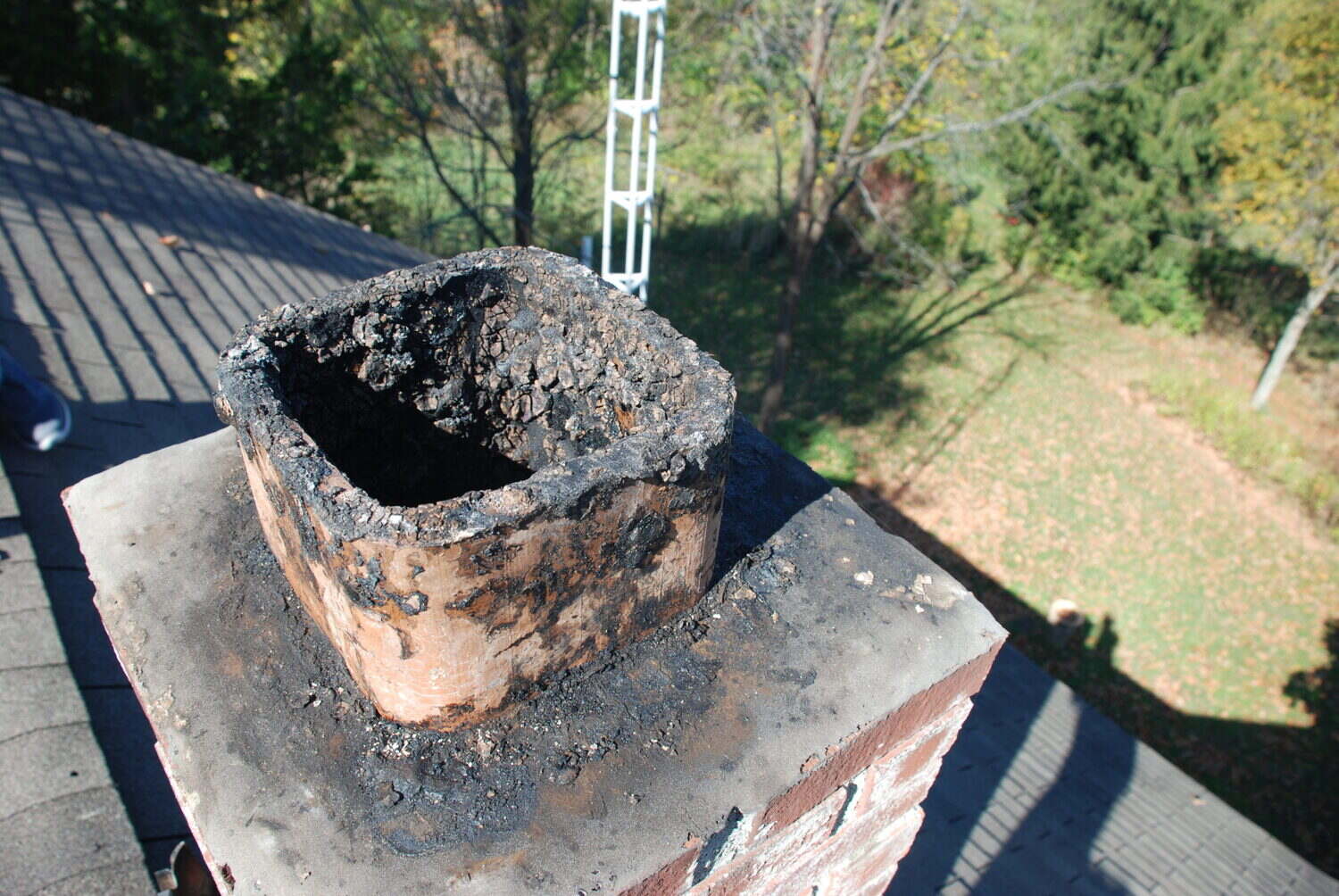
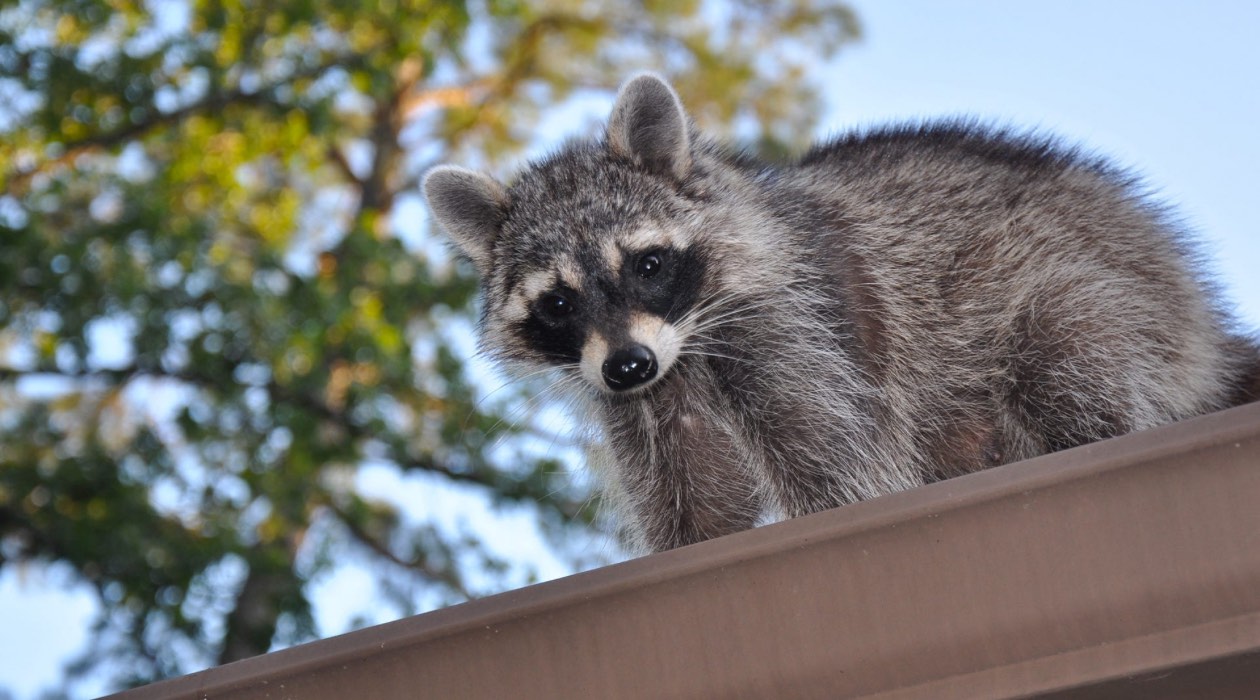
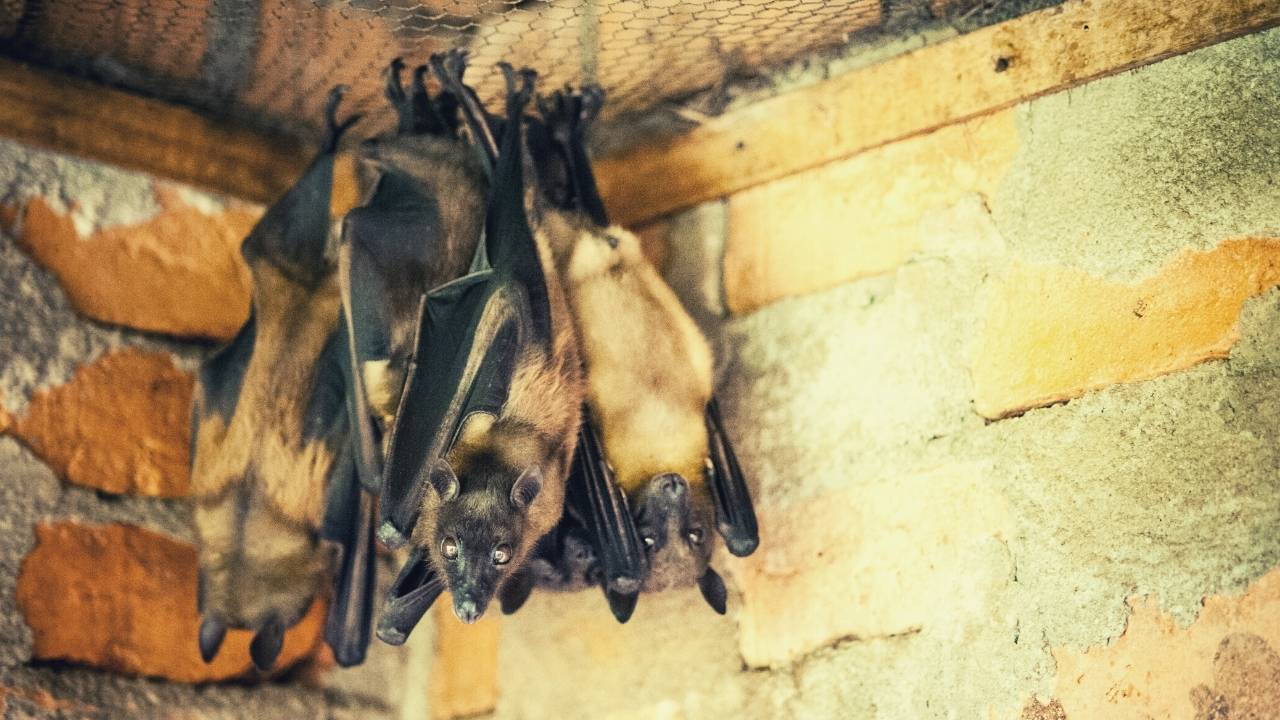
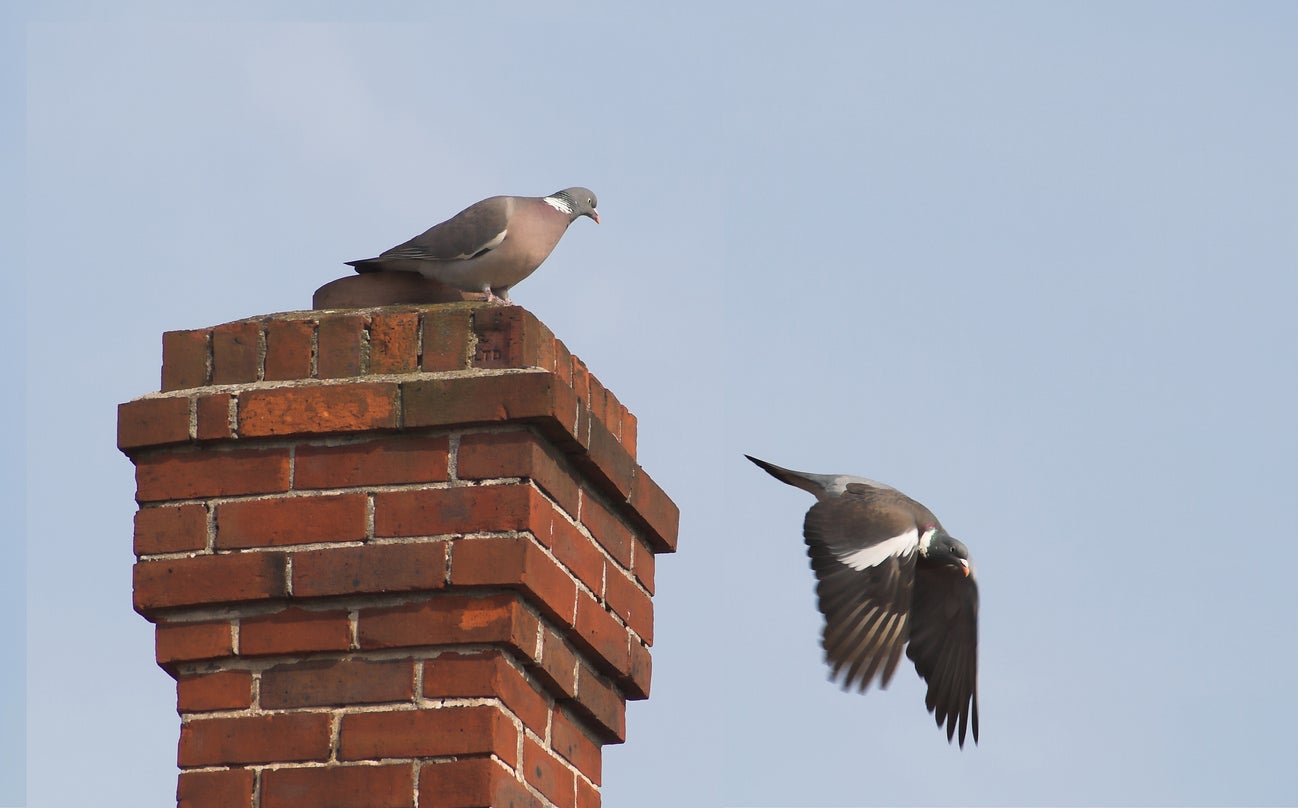
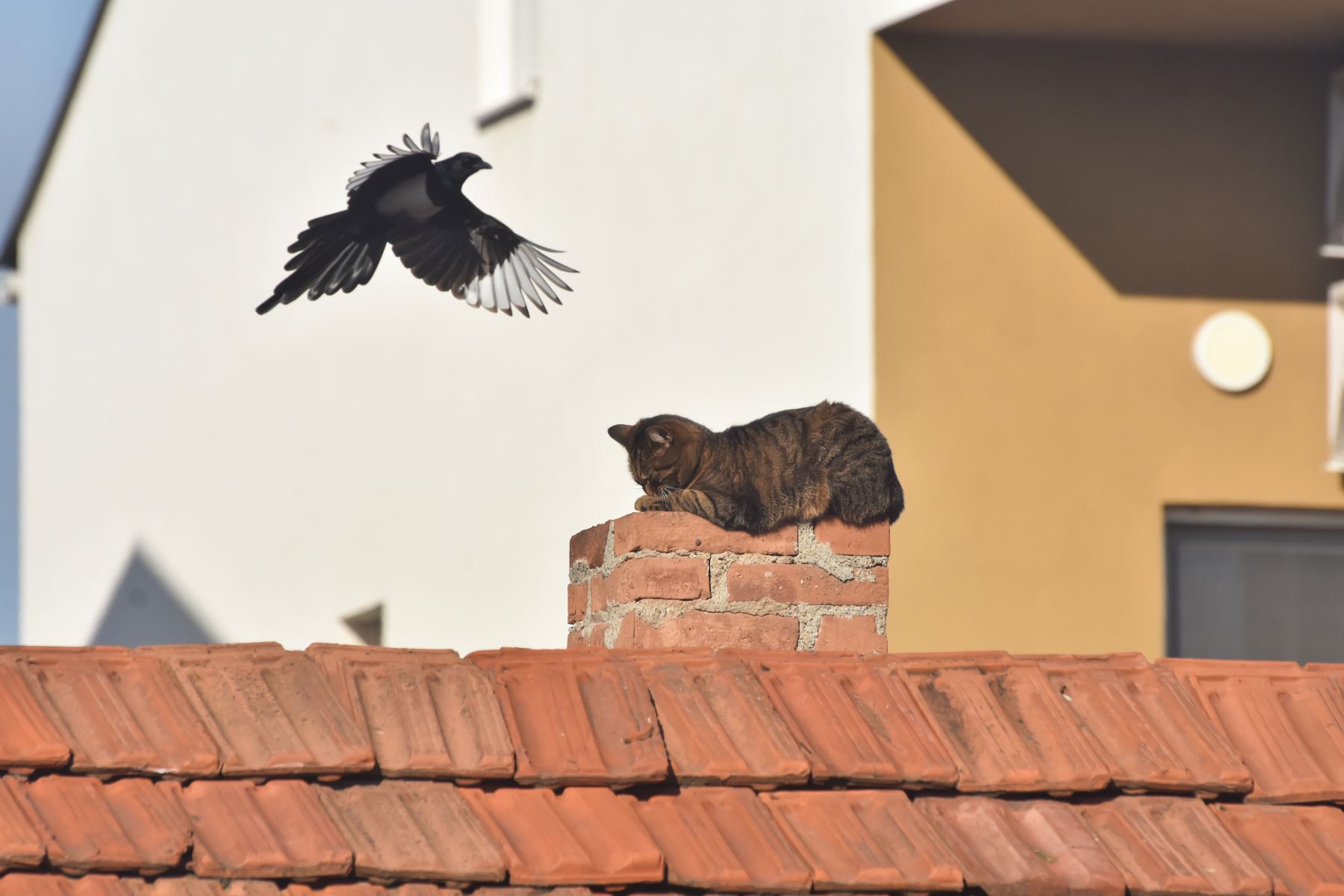
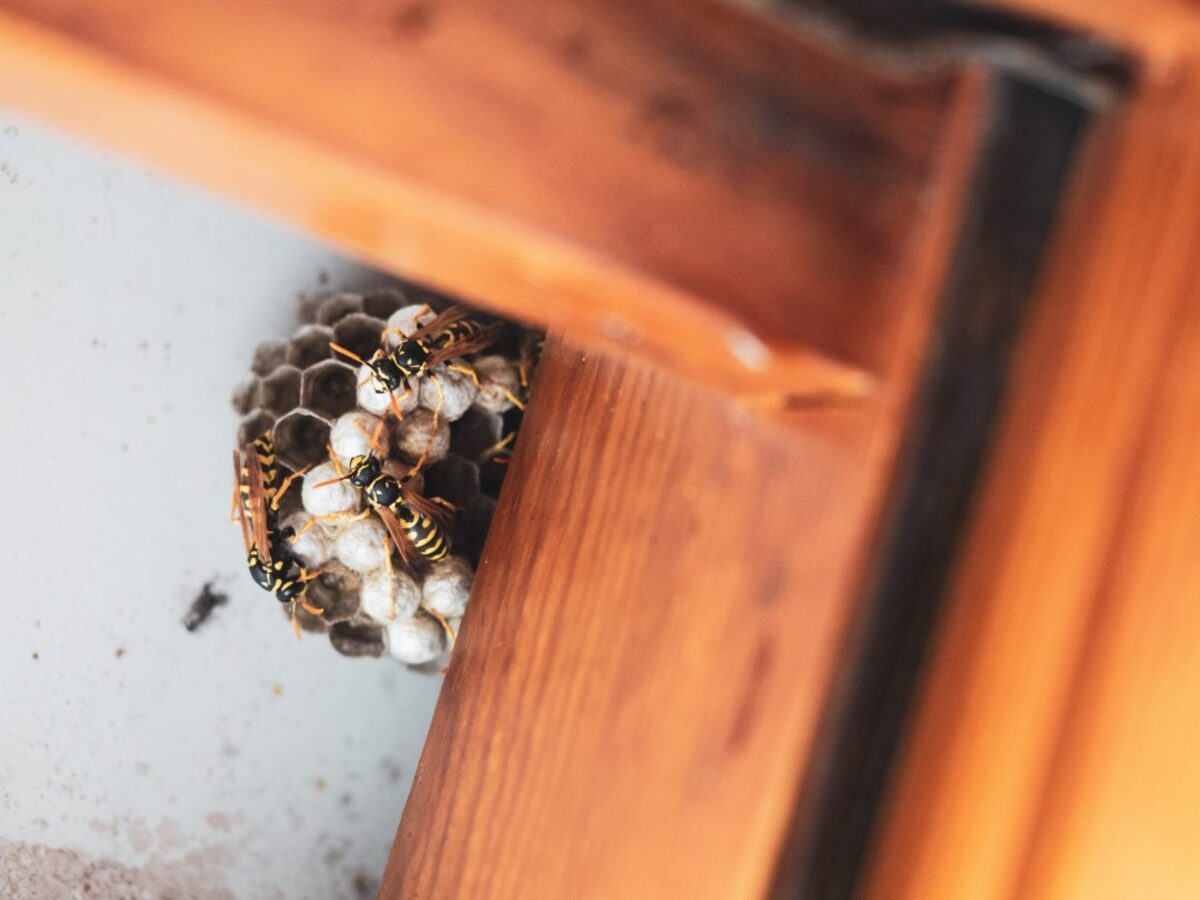
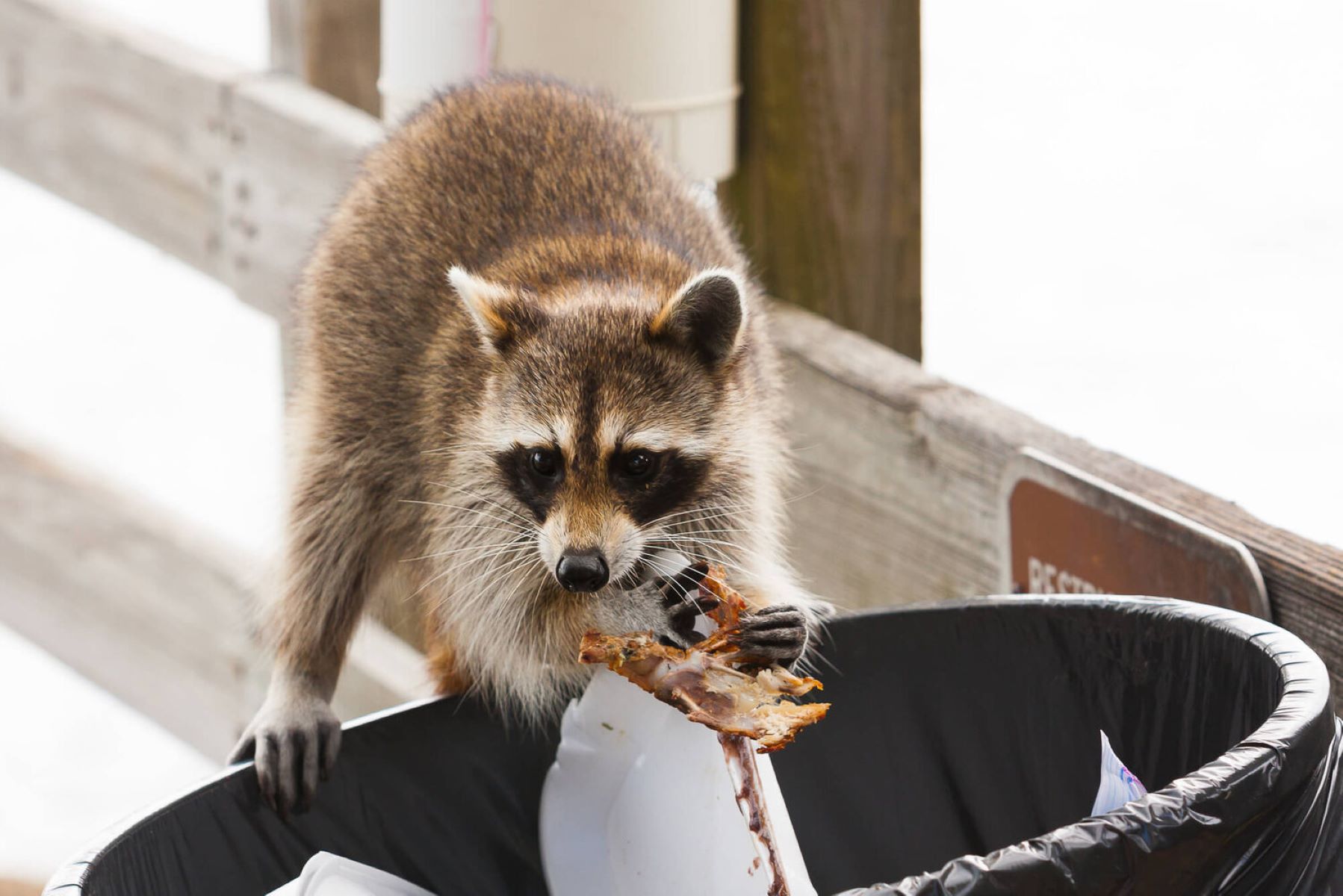
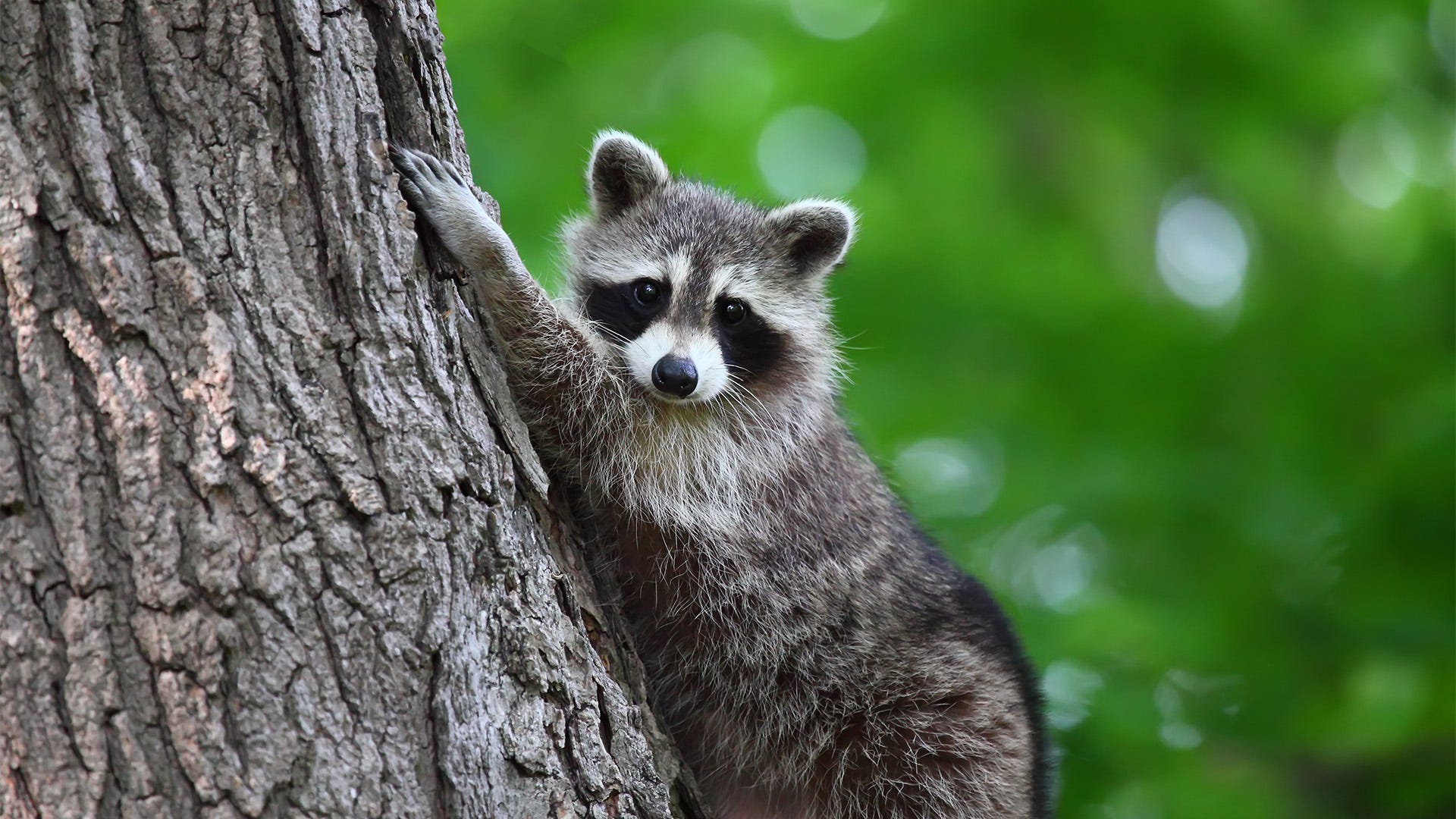
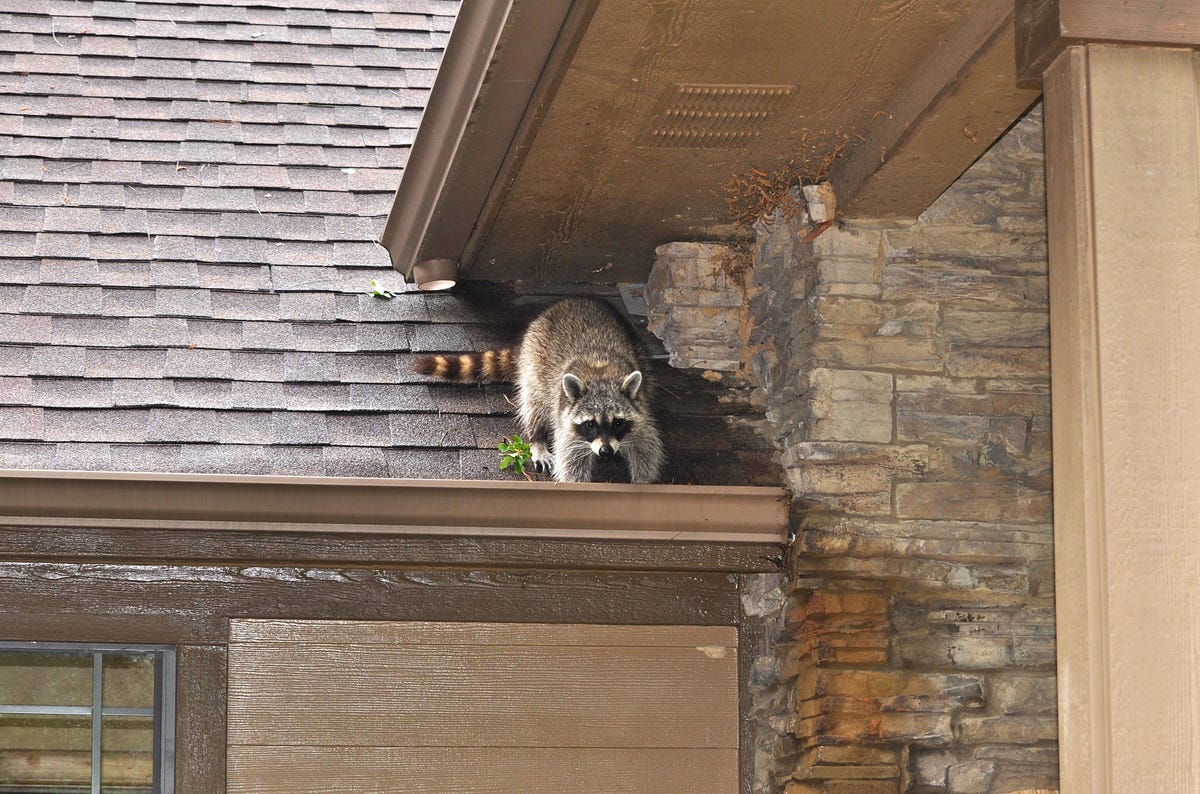
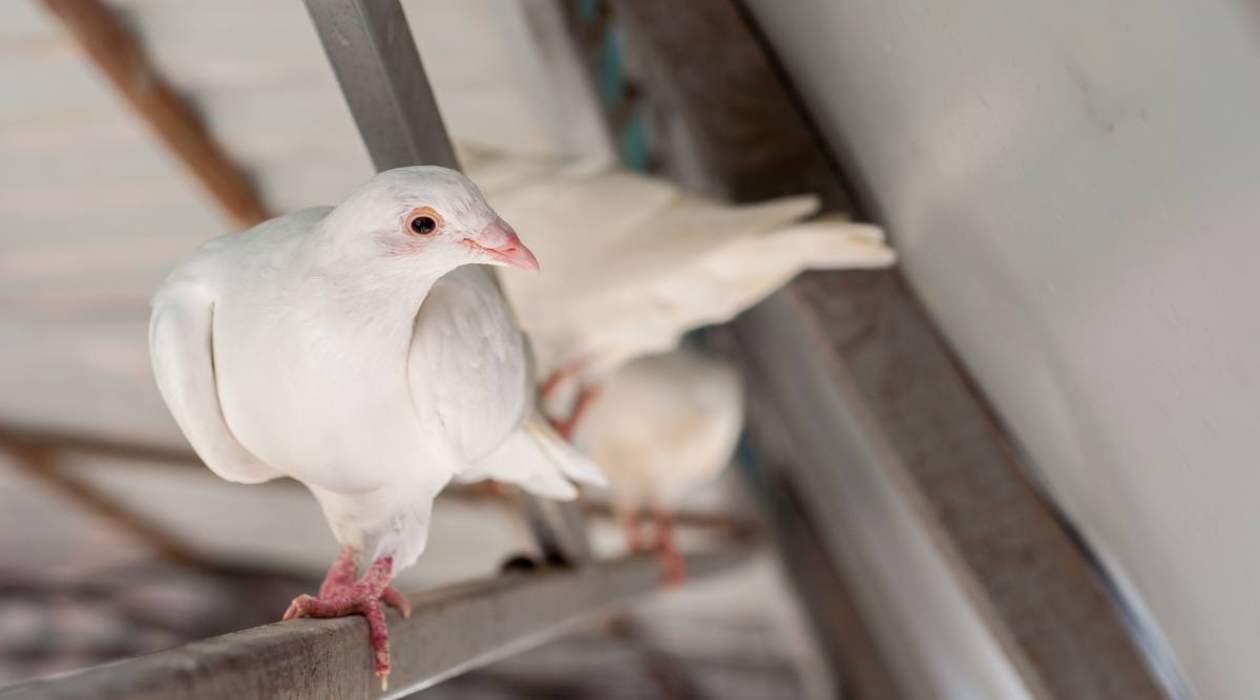
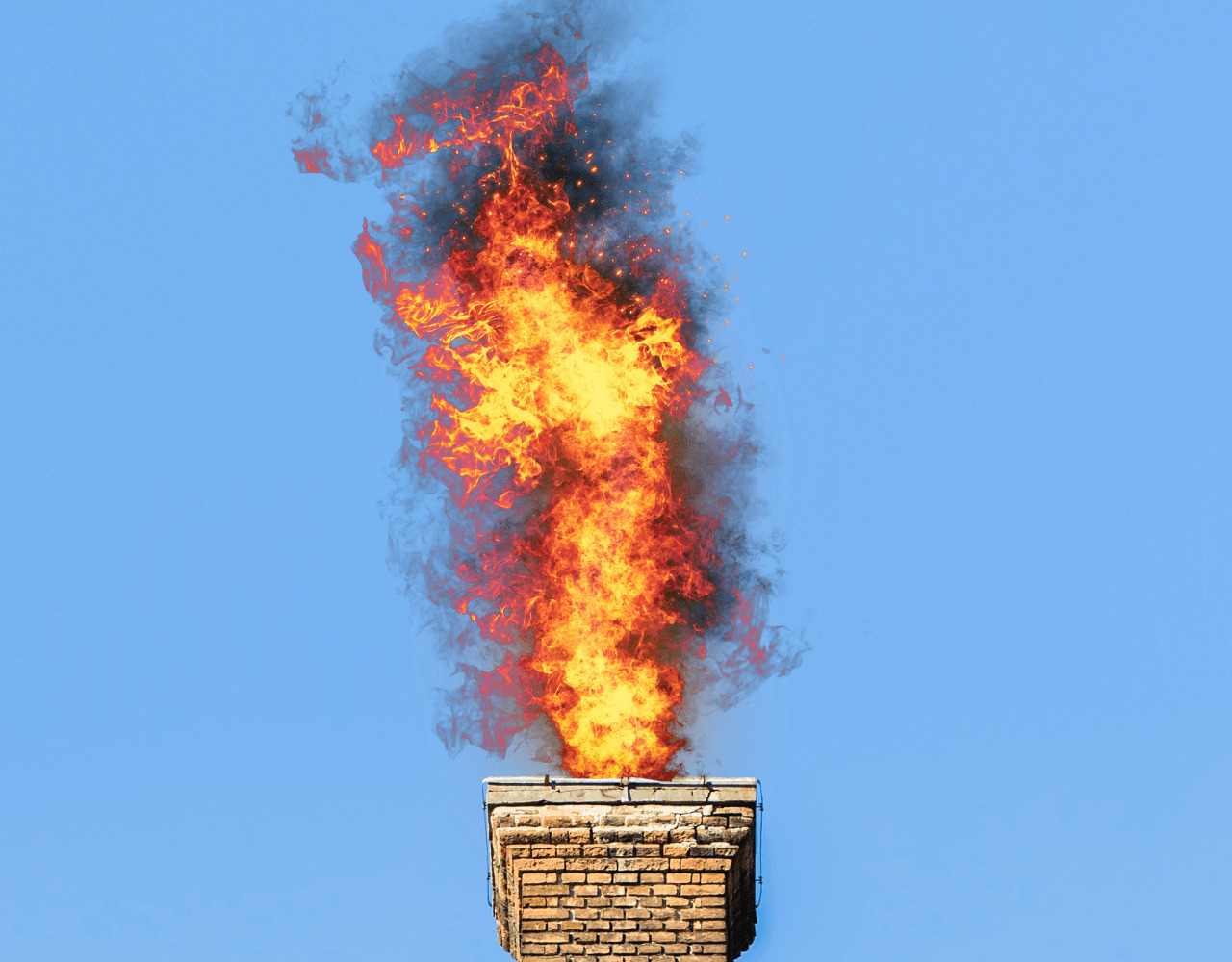
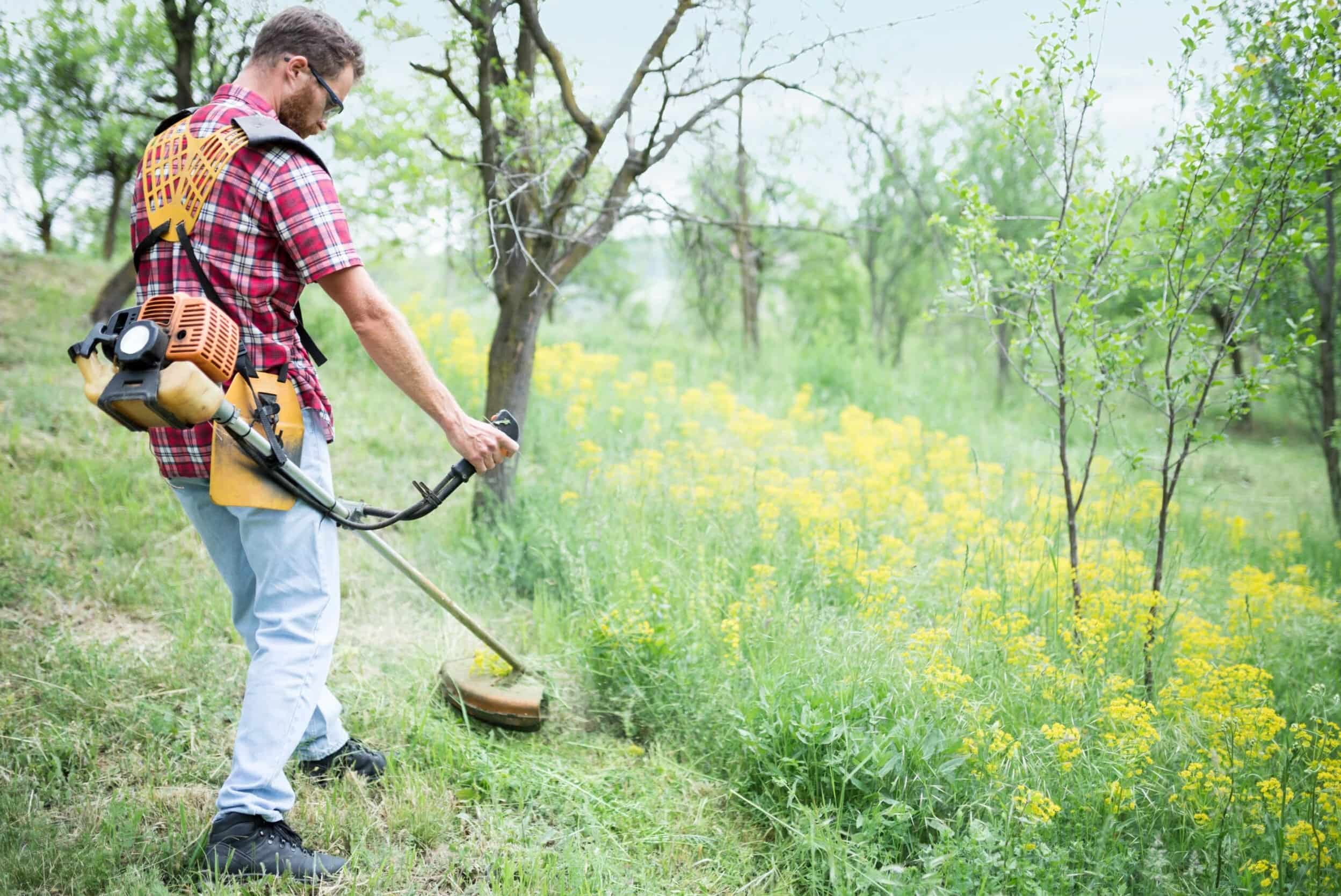
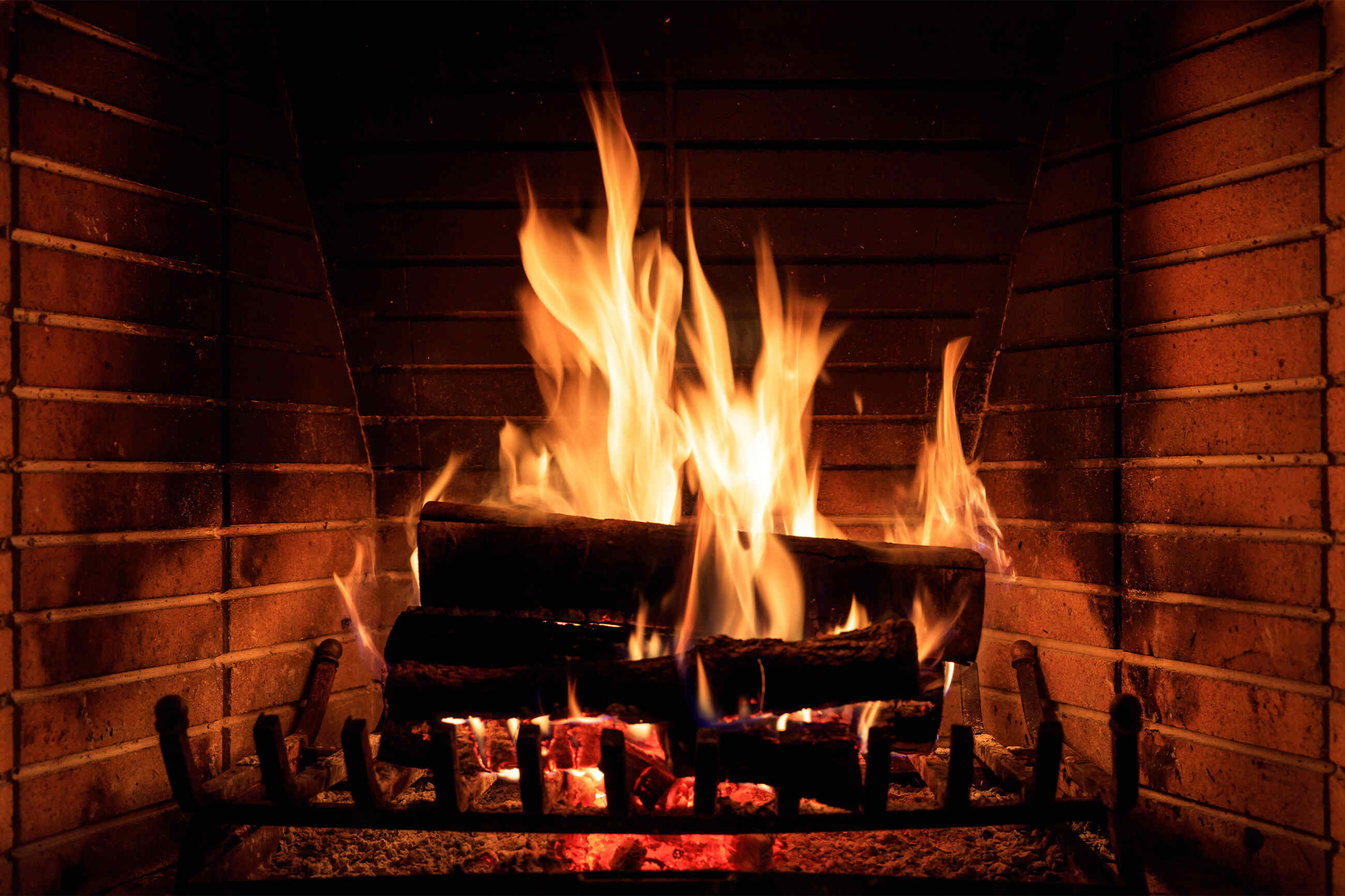
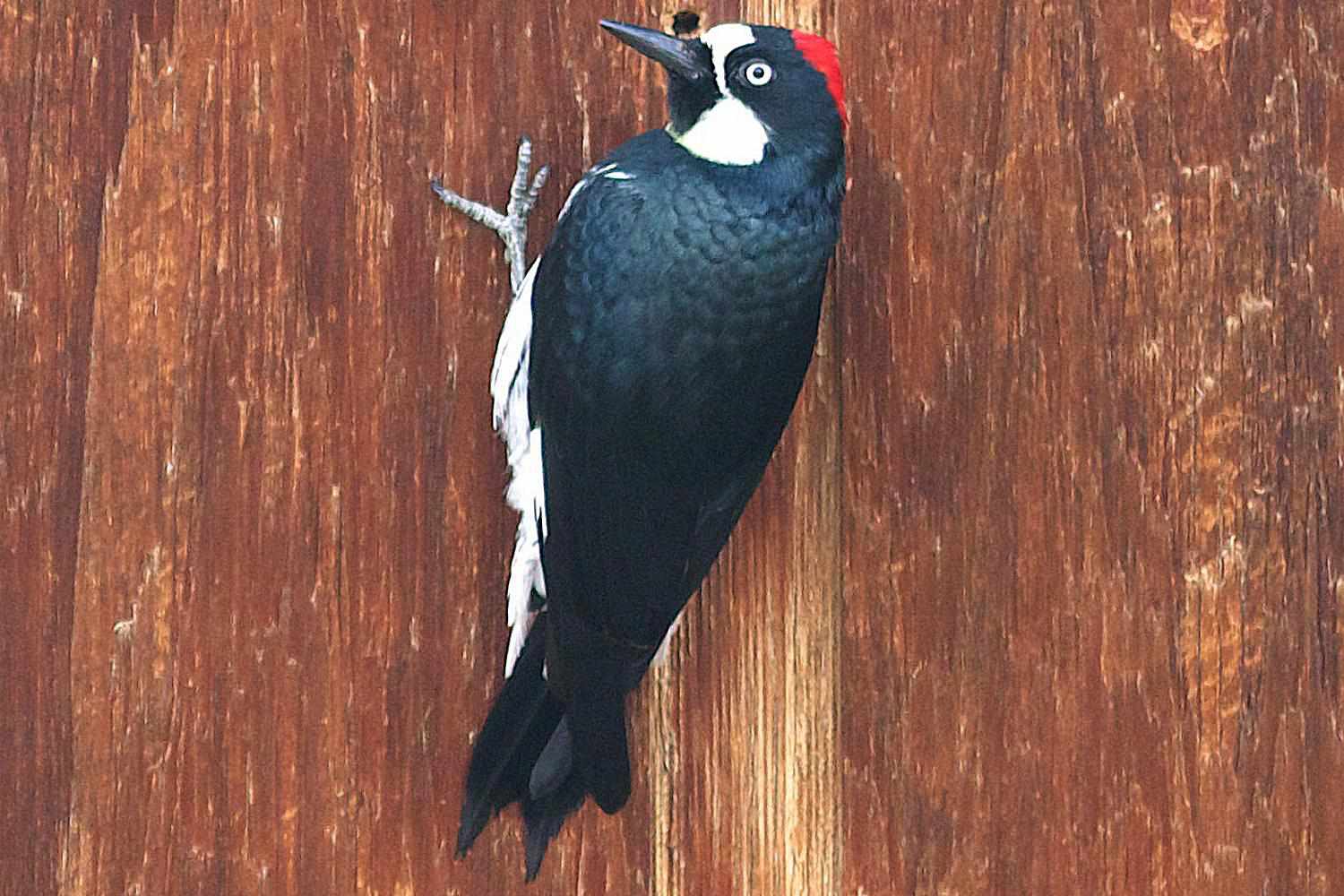

0 thoughts on “How To Get Raccoons Out Of Your Chimney”